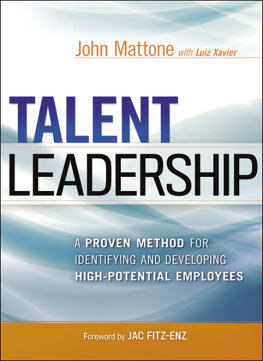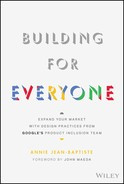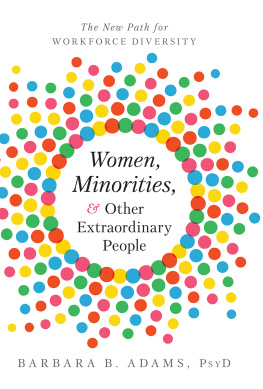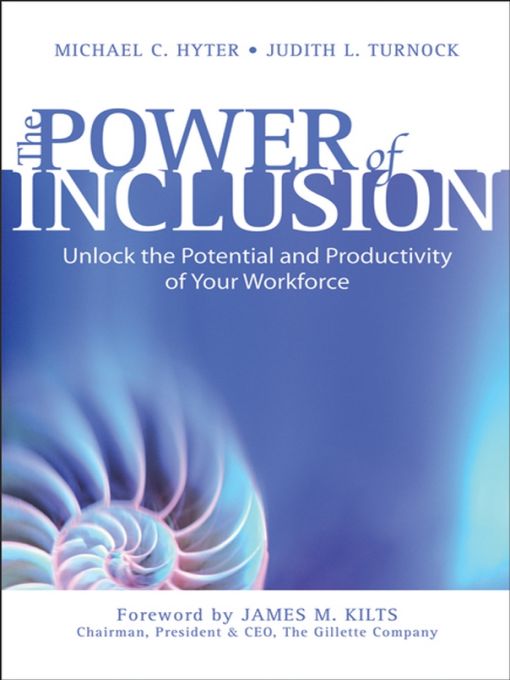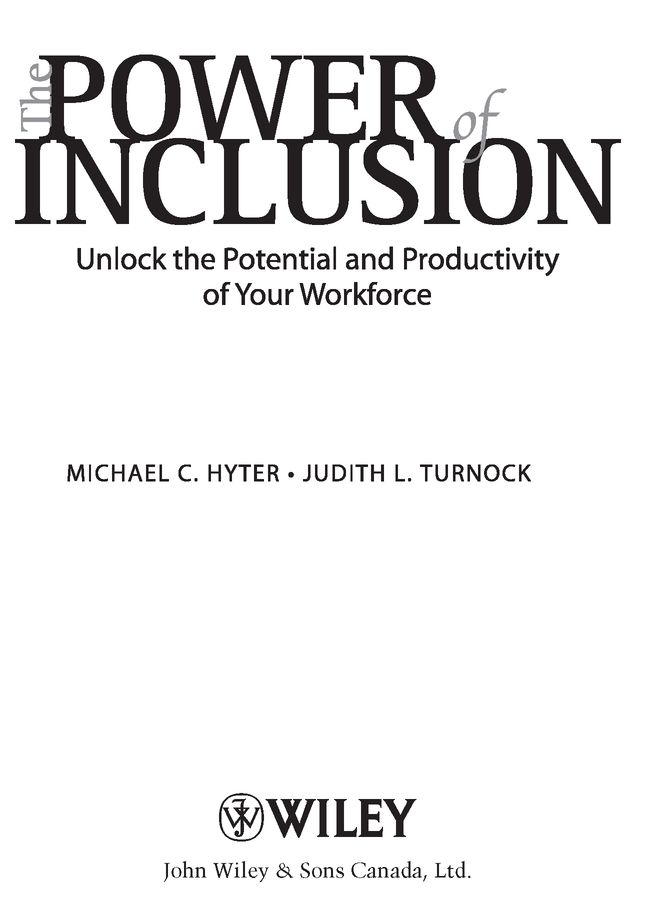Table of Contents
Foreword
When I came to Gillette, I found a company with great strengths and serious, but fixable, problems. A succession of unrealistic business objectives had driven decisions that resulted in lost market share, high costs and a general lack of organizational discipline and cohesion. To address these problems, I focused on a turnaround plan that had three parts: making the most of our resources to improve financial performance, building our great brands with superior marketing and bringing everything together through Functional Excellence.
Functional Excellence is a global initiative to achieve best-in-class capabilities and performance at the lowest possible cost. Functional Excellence is also a powerful tool to evolve our culture by driving continuous change and improvement throughout our organization. To create Functional Excellence, we clearly articulated high standards of performance for employees at every level, and we held our people accountable to deliver to these standards.
I was introduced to Novations/J. Howard & Associates shortly after I arrived at Gillette, and they were an excellent resource as we developed an action plan for cultural change and reaffirmed our commitment to an inclusive, diverse workforce. Whether interacting with our senior leadership, training our managers or advising our affinity groups, Mike Hyter and his team provided strong support as we worked to create an organization that could deliver more and better with fewer, but more fully engaged, employees.
The approach taken by Novations/J. Howard & Associates to establish a Culture of Development is the subject of this book. Their message is practical and contains key insights for people at every organizational level. I am confident that their fresh thinking will be a great guide for any organization that aims to activate talent, promote an inclusive workplace and achieve high levels of performance.
James M. Kilts
Chairman, President and Chief Executive Officer
The Gillette Company
Acknowledgments
This book, and indeed all the work of NJHA (formerly J. Howard & Associates), is possible only because of the research and writing of our founder, Jeff Howard. His ground-breaking work in capacity building spans more than three decades, in business as well as in educational and not-for-profit settings. His work with thousands of Efficacy graduates and hundreds of client companies continues to inspire all of us. We honor and respect his unique intelligence, his firm commitment and his leadership.
We have learned from every one of the hundreds of NJHA client companies over our thirty-year history, from their leaders and the many managers and others who have worked with us in private and group meetings, trainings, surveys and focus groups. For this book, however, a number of leaders gave generously of their time to share specific insights and experiences in extensive interviews: Valencia Adams, Carlos Perea and Elba Carrizo, BellSouth; Arthur Friedson, CDW; Robert Spencer, Entergy; Louis LaGuardia and Angel Rodriguez, FritoLay; Ned Guillet, Joseph Dooley and James White, Gillette; Toni Riccardi, PriceWaterhouseCoopers; Lee Merritts, Procter & Gamble; Sylvester Mendoza, Quest Diagnostics; Gerri Rocker, Ryder Systems; Patricia A. Bussey, Sara Lee; Lisa Stewart, Shell Oil; Dan Casperson, Target; Faye Wilson, The Home Depot; Carlton Yearwood, Waste Management, Inc.; Henry Becton, WGBH; Juan Carlos Linares, DBM Colombia; Louis de Ocejo, Orchehill Associates; Michael Underhill. There is no doubt that their contributions to this book bring the theories to life, and their courage as change agents is why we persevere.
To the thousands of graduates of NJHA Efficacy Seminars who have returned to work with new confidence and renewed determination, we take this opportunity to applaud publicly your intelligence, hard work and determination. You have all helped your companies and your fellow workers to understand the benefits of inclusion, making the way a little easier for everyone who comes after you. A special thank you goes to those who shared experiences specifically for this book: Deborah Ashton, Maxine Bridge, Angela Brooks, Gil de las Alas, Hilary Keating, Jac Graves, Donna Brooks Lucas, Melvin McArthur, Gita Patel, Raymundo Quizon and Rochelle Stockett.
In addition, the people of NJHA are living examples of the dedicated and creative employees we hope to see developed throughout corporate America. The starting point is Naomi Sutherland, who managed the complicated process of getting us all to the finish line. Here is the team, those who have worked with us well past quitting time over the last three years to bring together all the resources necessary to make this book a reality: Perry Alter (Novations SDC), Mignonne Anderson, Audra Bohannon, Bruce Bramlett, Adriana Buendia, Daniella Capolino, Jorge Farias, Pat FitzGerald, Verna Ford, Cheryl Huddleston, Diane Johnson, Kathy Lenox, Gerry Lupacchino, Debra Luckett, Tom McKinnon, Nathan Nichols, Jim Rogers, Mace Vaughan, Ervin Walker and Shaunda Wilson.
Finally, our deep gratitude goes to Maureen Giovannini, whose countless hours of research, writing and editing have made this book immeasurably better than it ever could have been without her.
INTRODUCTION
THE BUSINESS IMPERATIVE
My 30 years in business and my 23 years at P&G have convinced me that a diverse organization will out-think, out-innovate, and out-perform a homogeneous organization every single time.
A.G. Lafley, CEO
Procter & Gamble, Inc.
In todays business world, where technology advances rapidly and raw materials are globally available, the quality of each employees performance is often all that differentiates companies products. Increasingly, employees, and their willingness to devote their best efforts to the business objectives of their organization, represent the key competitive advantage. To be the best, companies need all employeesfrom hourly workers to senior leadersfiring on all cylinders, maximizing their individual potential and their contribution to the business.
Do corporations provide an environment where all employees are encouraged to fire on all cylinders? We find the opposite is more often the case. Human resource potential is actually wasted every day. In fact, even though CEOs we know agree that one of their biggest challenges is finding and keeping the highly qualified people they need for continuing business success, their companies continue to view existing employees as costs that can and should be reduced, rather than as the appreciable assets they are.
Business leaders are certainly well aware that any form of waste diminishes profitability and growth, yet waste of human resource potential continually occurs with relatively little attention or concern. Whats wrong?
We believe this waste continues unchecked and unexamined because most people, including corporate executives, operate from a narrow, socially ingrained belief that talent and ability are unequally distributed among the population. If some have it, and some dont, as the belief goes, people come into any organization with varying degrees of innate ability, and those with talent or merit are the ones who will succeed. Decisions about ability are made as early as recruitment, and often stay with individuals for as long as they remain with an organization. The widespread tendency, then, is for managers, from executives on down, to focus their attention on those select few deemed high potentials.


